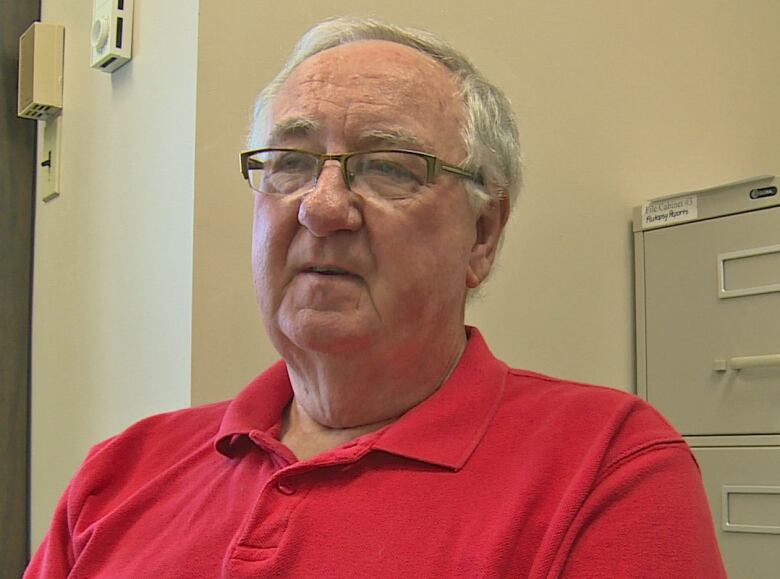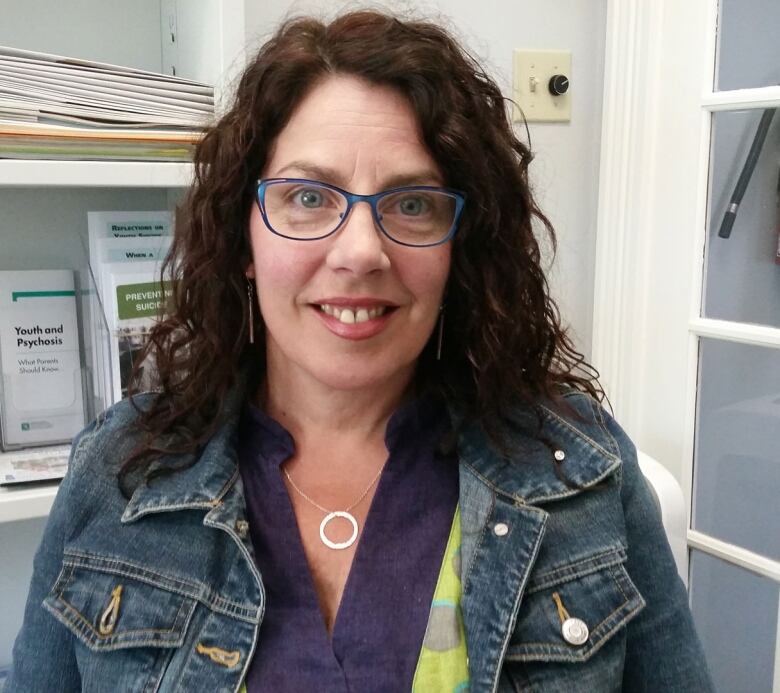P.E.I.'s suicide rate below the national average
Despite steady rate, families and professionals say more needs to be done

The suicide rate on Prince Edward Island is slightly below the national average, according to the province's chief coroner.
Dr. Desmond Colohan says the rate Canada-wide is 10.7 per 100,000, while P.E.I. sits at just under 10 per 100,000. About 15 people die on P.E.I. as a result of suicide each year, according to more than a decade of data provided to CBC News by Colohan and provincial officials.
It's middle-aged and older men who are most at risk.
"Suicide isn't a major issue on Prince Edward Island," Colohan said.
"As far as public health is concerned, we are slightly below the national average."
'We all hope they go down'
But Colohan still wants to see that number drop.
"The good news is the problem isn't becoming worse," said Colohan, but he adds,"I hope they go down;we all hope they go down."

"Certainly we would encourage more discussion. There's pretty good evidence that if somebody who's considering suicide talks to other people about it they're less likely to go on and attempt or be successful at taking their own life."
As a coroner, Colohan's job can involve investigating suicides.
"It's always difficult to investigate suicides -- the younger the victim, the more stress there is on the investigators, the more tragic the circumstances, the more difficult the investigation will be."
'There are no words'
A suicide prevention program began in P.E.I. in 2000 following the death of a high school student.

The local branch of the Canadian Mental Health Association says it often takes a "tragic catalyst" to bring about changes.
"There are no words to describe the pain that families go through, communities go through," said suicide prevention coordinator Pat Doyle.
"It often takes a tragedy of that magnitude for a community to take notice and want to do something about that issue, and that was definitely the case here on the Island."
Making a difference
A signals of suicide program is now offered to every Grade 9 health classes in P.E.I., and there are other courses now offered to help family members, health care workers and school staff deal with individuals at risk.

The suicide prevention team is trying to raise awareness about risk factors, and runs workshops with real life scenarios teaching people how to talk safely to someone and intervene.
"I get calls from parents, from caregivers when people come back, they share how they've used their skills and how it has made a difference. That's what encourages us," Doyle said.
She said Islanders are more at ease talking about suicide than they used to be and there are more community events, fundraisers and everyday families working to raise awareness.
Going public
Kelly MacKinnon, who lost her 18-year-old son Deejay to suicide in May 2015, is one of those people.
"I'm going to be the voice for the ones who are no longer here."
MacKinnon gives talks, has held fundraisers and aims to prevent future suicides.
I'm just out there pushing It helps me.- Kelly MacKinnon
She's working with a newly formed group and hopes to present a plan to the province for a mobile crisis unit,an ambulance-type vehicle that would specialise in mental health.
"They would go to people in crisis and would be able to do on-site evaluations right there, and then they would be able to point them in the right direction of the help they need," she said.
"Not having the fear of being turned away because there might not being any beds at a hospital ...Our health system is so busy, there's always more that can be done."
She also wants to see more education in the school system,especially in high schoolwhen kids are faced with so much pressure.
"I'm just out there pushing It helps me," she said.
"To me, one suicide is too many suicides."
- MORE P.E.I. NEWS |Mike Duffy lacks 'the confidence of Islanders,' says pollster
- MORE P.E.I. NEWS |Hospital visits drop under new COPD program












_(720p).jpg)


 OFFICIAL HD MUSIC VIDEO.jpg)
.jpg)



























































































